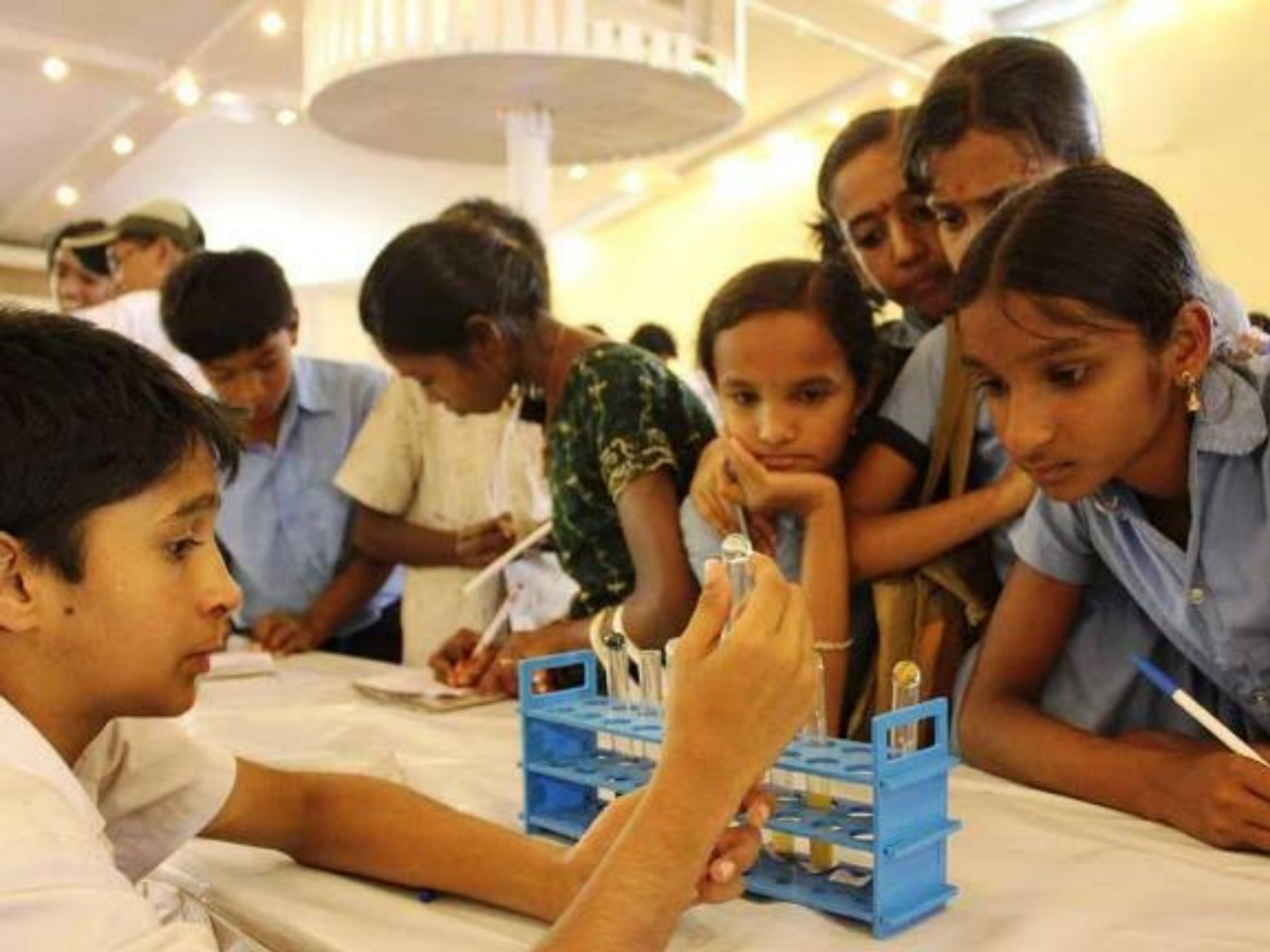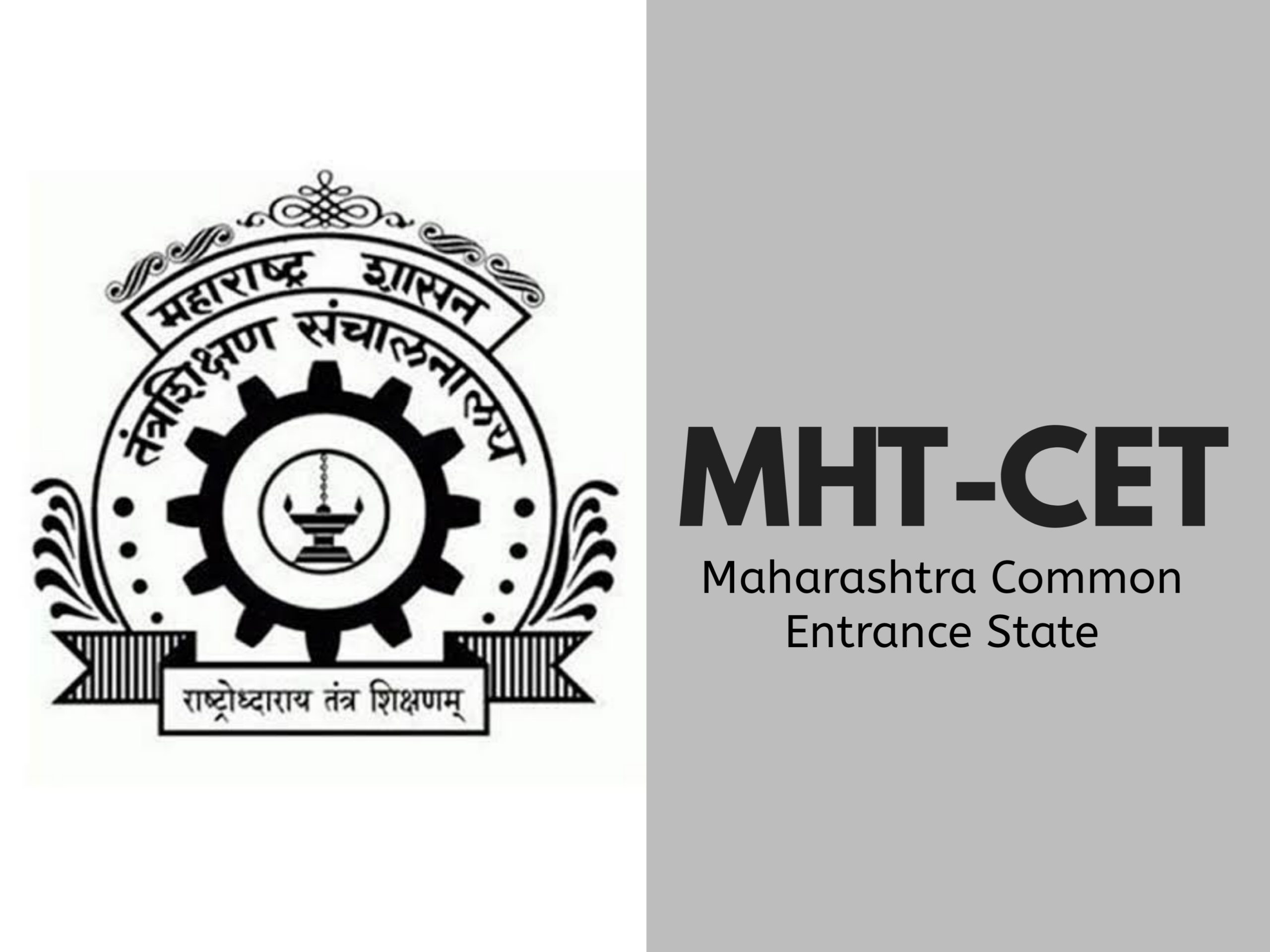STEM: Fundamental prerequisite for any modern education system

By 2026, India is expected to have a shortfall of 14–19 lakh tech professionals, according to a recent analysis by Nasscom–Zinnov. According to the research, India is expected to have 75–78 lakh tech experts by 2026, while the country may need 93–96 lakh tech professionals.
A learning and development strategy known as STEM education combines the study of science, technology, engineering, and mathematics. Over time, STEM education has developed into a multidisciplinary worldview that is essential for teaching students modern problem-solving, creative, and critical analytical abilities.
STEM learning has always been considered necessary and important, but technological improvements have made it a fundamental prerequisite for any modern education system. There have been numerous discussions in India about popularising science and promoting scientific temper, but STEM education is still struggling to receive the attention it deserves in our educational system.
Many innovations, such as smart classes, e-learning, assessment tools, and so on, have been introduced at a quick speed, but STEM education has not expanded at the rate that it deserved.
Science has always been a challenging topic for kids, thus STEM education at the classroom level is still having a hard time. Unfortunately, textbooks are used heavily in the teaching of this topic to inculcate concepts theoretically but this subject has its own importance to learn its practical application.
Teachers and students view the topic as a collection of unchanging, unchanging facts and solutions that explain the cosmos. These explanations frequently take the shape of a single word or phrase that the student memorizes after being taught by the teacher.
In many schools, science instruction fosters competency but does not promote originality or creativity. Science textbooks ought to include more emphasis on how scientific laws are used in everyday life.
Students must be aware of the practical application of that scientific idea when teachers are teaching the laws. A learner would have a greater comprehension of the subjects using such a method. Yet the majority of the current curriculum is outdated and lacks innovative leaning teaching methods and participatory learning techniques.
STEM education is essential in the current environment because it encourages students’ innovation and creativity. When a new scientific or technological topic is explained to them, they don’t feel burdened. In fact, students find these ideas intriguing, which draws them into a thorough learning strategy. People who pursue STEM education acquire skills that increase their employability and readiness to fill current labor market gaps. It includes the full spectrum of abilities and experiences.
Each STEM element contributes significantly to a well-rounded education. The National Science Foundation also forecasts that 80% of the occupations developed in the upcoming ten years will require some combination of math and science expertise. These abilities are accurately referred to as 21st-century or STEM abilities.
Despite possessing exceptional talent, these students’ ability to innovate, solve problems, and be creative has been constrained by the previous educational approach, which was exam and score-focused. Children that receive a STEM education will have superior logical reasoning, creative thinking, and inquisitive mindsets, which will help them become better leaders and decision-makers in the long run. They work as trained experts in hands-on trades that are in demand.
Despite this, we have constantly improved our rating on the Global Innovation Index, rising from 81st in 2015 to 40th in 2022. This is the outcome of several efforts made by the government and EdTech firms to encourage STEM learning among students. Additionally, a number of programs are primarily targeted at the graduate level of study. And these programs need to be expanded from upper primary to senior secondary levels so that kids may experience experiential and evidence-based learning and move away from traditional rote learning.
India is the second most populous nation in the world, and if STEM education is implemented on a far wider scale, it may be our greatest advantage. The time has come for us to diversify and use modern teaching techniques in order to prepare a proficient skilled workforce for the future.
By 2026, India is expected to have a shortfall of 14–19 lakh tech professionals, according to a recent analysis by Nasscom–Zinnov. According to the research, India is expected to have 75–78 lakh tech experts by 2026, while the country may need 93–96 lakh tech professionals, leaving a shortfall of 14–19 lakh.
The difference is considerably bigger when it comes to digital competencies. There is now a need for 5 lakh technologically trained professionals in the nation, which currently has 13 lakhs of them. This might result in a 14–18 lakh deficit by 2026.
Although the National Education Policy 2020 hasn’t disappointed on most fronts, it will address the void that currently exists in our educational system. It establishes a comprehensive framework for several changes to address the gaps. The NEP places a strong emphasis on the need for more hands-on, experiment-based education in schools.
Additionally, it acknowledges that teaching students coding skills and evidence-based learning are important. The addition of coding, design thinking, and innovation classes starting in grades 6 is a move that will boost STEM education and create a firm basis for the essential competencies needed for 21st-century professions. The “Make in India” campaign has already caused a seismic change in India by fostering a variety of home-grown products, start-ups, and enterprises; now, this will further contribute to the favorable shaping of our economy in the years to come.




